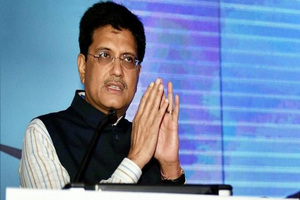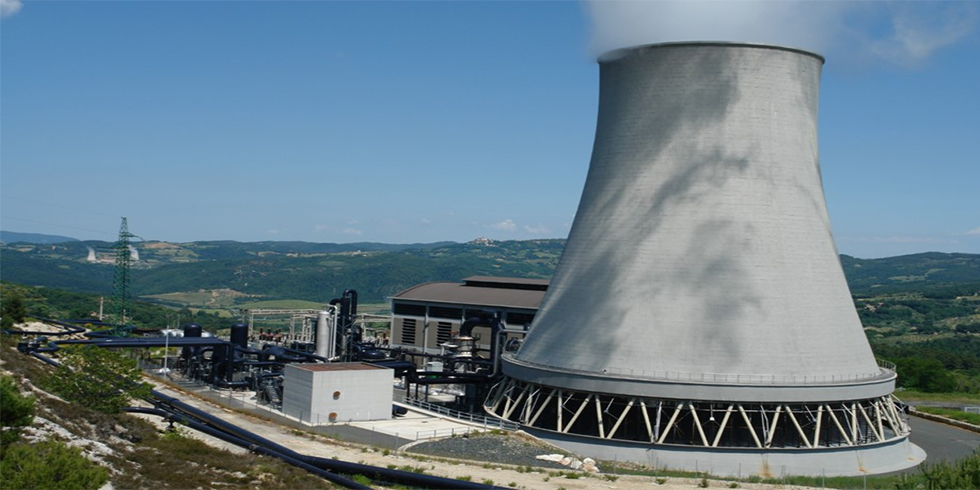The uncertainty and unpredictability which can bring a huge rush of renewable energy into India’s power grid will be a big conundrum, however a study released last week by the Union Minister of Power, coal, new and renewable energy, Piyush Goyal, details how there can be a smooth transition into integrating 175 gigawatts (GW) of renewable energy into India’s energy mix.
This transition will be the world’s largest clean energy expansion programme, to meet the government’s target of adding 175 GW of clean energy into the country’s grid.
The study called “Pathways to Integrate 175 GW of renewable energy into India’s electricity grid”, says that “power system balancing with 100 GW solar and 60 GW wind is achievable at 15-minute operational timescales with minimal reduction in renewable energy output.”
“It is time for the people of India to get ready and embrace the change with a new mindset of a new grid for a new India, which is ready to integrate large amount of renewable energy,” said Goyal at the event which saw the release of the report.
The study which was developed under the US-India bilateral program called “Greening the Grid” gives details about economic and technical viability of integrating 175 GW of renewable energy into India’s power grid, and identifies the way forward to this transition.
In 2015, the government of India had set an ambitious target of integrating 100 GW of solar power and 60 GW of wind power into India’s electricity mix by 2022, and the study reveals that “Changes to operational practice can reduce the cost of operating the power system and reduce RE curtailment, but are not essential for 160 GW RE integration”.
Authored by the partnership of India’s Ministry of Power and U.S Agency for International Development (USAID), the study reveals that “Power system balancing with 100 GW of solar and 60 GW of wind is achievable with minimal integration challenges, bringing benefits of reduced fuel consumption and emissions.”
The study also goes on to add that “Meeting existing regulatory targets for coal flexibility, enlarging geographic and electrical balancing areas, expanding transmission in strategic locations, and planning for future flexibility can enable efficient and reliable operation of the power system now and in the future.”
With respect to India’s NDC target of making 40 per cent of the population rely on renewable energy, the study says that “a 250 GW RE system could achieve India’s Nationally Determined Contribution targets, but 16 per cent annual RE curtailment in the Southern region would likely signal the need for modified strategies.”
Speaking at the release of the study, Goyal added that “It is appropriate time following on Honorable Prime Minister’s meeting with the US President under a robust and focused US-India Energy Partnership. The ministry is extremely appreciative of the continued engagement and support from USAID and congratulates all the stakeholders including POSOCO, NREL, and LBNL on the achievement of this outcome. Combined and collaborative efforts such as these are labour and data intensive and detailed and often go unsung but are critical to creating the backbone for a reliable grid”.
“USAID has a long-standing collaboration with the Government of India in the area of energy. Energy is a key determinant of growth and India needs sustainable energy sources to continue to grow at 7-8 per cent annually. Introducing renewable energy solutions into established energy systems often requires changes to well-established policy, institutions, and market structures. This study will prove to be helpful in scaling up renewable energy in India effectively and sustainably,” said Michael Satin,
Director of Clean Energy and Environment at USAID, India, highlighting the importance of the study and the US-India collaboration on clean energy.
The study goes on to enlist potential planning and policy actions to support the renewable energy integration including “coordination of RE generation and transmission at the state level to ensure sufficient in-state transmission” and “evaluating options for enhanced coordination of scheduling and dispatch between states and regions.”











Add Comment